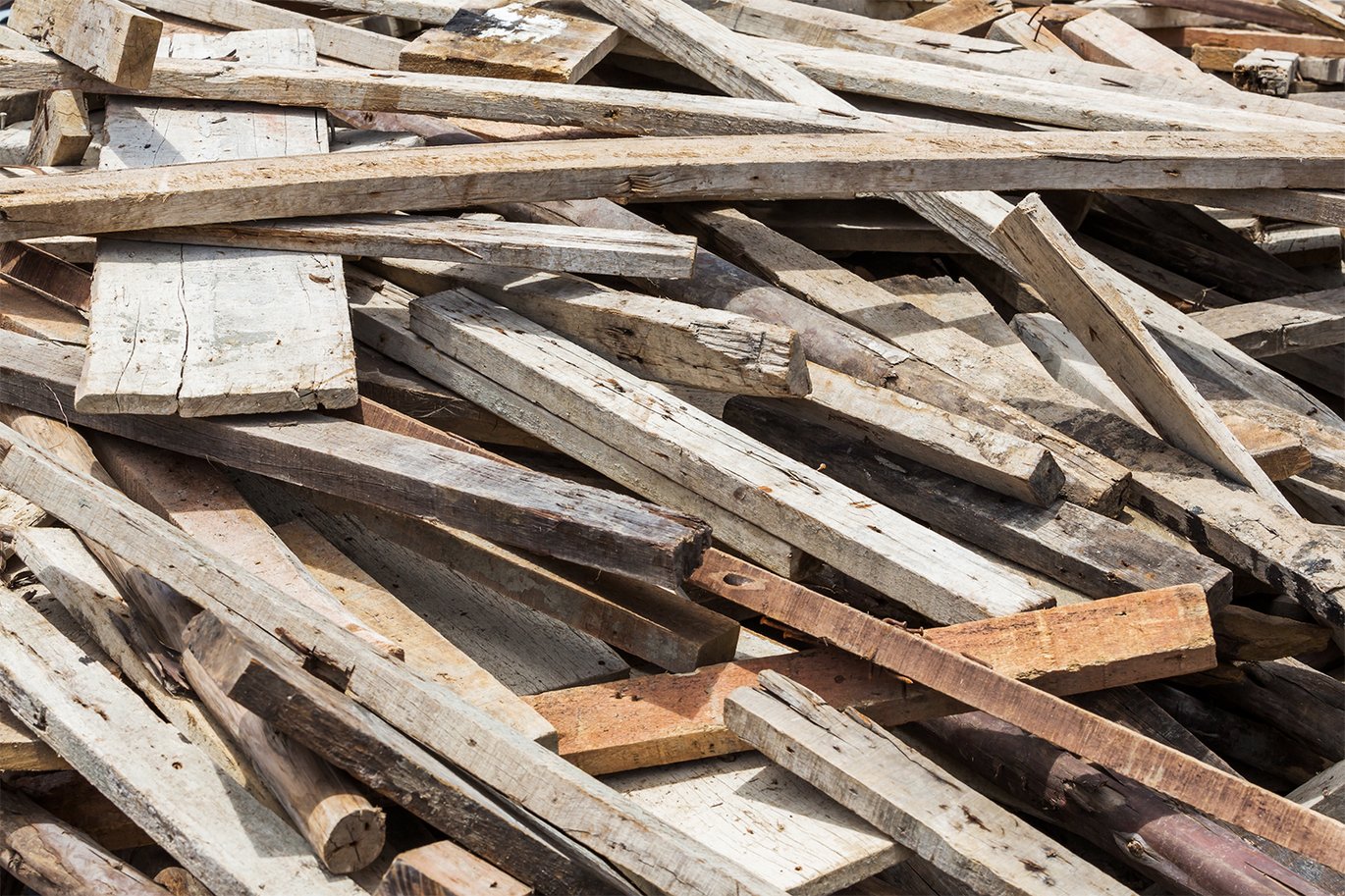Circular construction: New research project aims to pave the way for sustainable change
Construction accounts for a huge part of society's waste production and energy consumption, and this must change if the industry is to be sustainable. Researchers from Aarhus University and Lund University in Sweden are leading a new research project aiming to minimise waste and establish frameworks and methods for reusing old building materials.

In new construction projects, the detailed specifications are known of each building material, down to the smallest screw, plasterboard or piece of wood. This knowledge is necessary to comply with modern building standards.
But what can be done with old building materials removed from buildings that may have been around for fifty years, when the strength and durability of the materials are relatively unknown? This is one of the questions that a new research project from Aarhus University and Lund University will try to answer. Because there is no getting round the fact that reuse and upcycling in the construction industry as an extremely important part of the green transition.
"We need to consider buildings as materials banks: What materials and components are present in a given building, and how can we reuse them when the time is right? Unlike new materials that are subject to quality assurance, it isn’t certain that a component taken from an old building will have a stamp of approval. We need to perform some kind of testing to ensure appropriate quality, such as sufficient strength, stiffness and durability, but how do we complete such tests without incurring unacceptable extra costs? These are some of the things we’re looking at in this project," says Professor Lars Vabbersgaard Andersen from the Department of Civil and Architectural Engineering at Aarhus University, who is leading the Danish part of the project.
Today, the construction industry generates about 40 percent of society's total waste, and it accounts for a corresponding share of energy consumption. In any kind of sustainable future, this percentage must be reduced drastically.
The construction industry holds a very large untapped potential for green transition, and the project, called ASCEND (Advancing Sustainable Circularity for Eco-friendly Net-zero Developments), will address this potential and the challenging task to promote reuse in construction.
"Overall, the purpose of the project is to get the entire construction industry to think much more about reuse and regeneration. We don’t yet have much experience in taking building materials from existing buildings for reusing them in new buildings. Demolition today typically entails the use of bulldozers, but selective and gentle deconstruction of a building, whereby you take the right things out in the right order to ensure both quality and safety, is an important issue," says Lars Vabbersgaard Andersen.
Therefore, among other things, the project will develop digital twins of existing buildings so that, using digital mapping, buildings are not only designed in the construction phase, but also in the demolition or conversion phases. Continuing the analogy of materials banks, these digital aids will provide a statement of the balance on the materials bank account.
Classification methods will also be developed in which the quality of the reused materials and components will be determined by non-destructive testing methods, as the professor explains:
"If this is to work on a large scale, we need to ensure that reused components and materials don’t meet technical or political barriers. At the moment, there are many such barriers, particularly because old buildings contain materials that might have changed properties over the years. An old piece of wood does not behave like a new one for instance. And constructing with such old materials require non-standard building systems. This conflicts with the Eurocode standards that construction has to follow today. Therefore, standards for reuse in construction require a great deal of political goodwill, for example subsidies or incentive schemes, because until we reach the point in construction where the processes needed to reuse building materials have become so well-known that they do not increase the cost of construction – and where we have a standard for this type of construction – there’s an entry ticket that must be paid by the individual developer," says Lars Vabbersgaard Andersen.
The total budget for the project is EUR 3.8 million (DKK 28.4 million) and it is being supported by the EU's Interreg Øresund-Kattegat-Skagerrak (ÖKS) pool. Lund University is coordinating the project, and the other participants in the project, in addition to Aarhus University, are: A:Gain ApS, AART Architects Sverige AB, BF Balkong branschen, BM Byggeindustri, Building Green / Insight Events, Byggrådet, CDM A/S, Dacke Consulting AB, Eskilstuna kommunfastigheter AB, Glastjänster för GBF, Glascentrum I Sverige AB, Green Dozer ApS, Mycoteam AS, Svensk Planglasförening Service AB, Svenskt Trä, Skogsindustrierna AB, Søren Jensen Rådgivende Ingeniørfirma AS, Treano Bygg AB and We Build Denmark.
Contact
Professor Lars Vabbersgaard Andersen
Aarhus University, Department of Civil and Architectural Engineering
Mail: lva@cae.au.dk
Tel.: +4531121781
